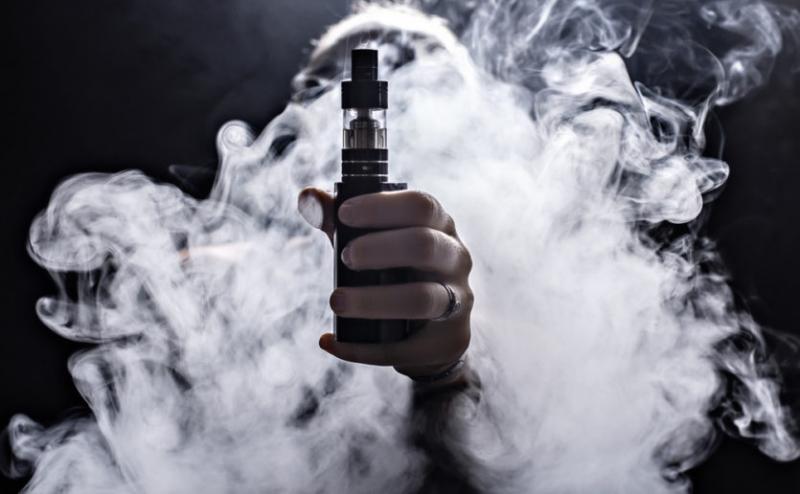
Misconceptions about vaping are incredibly common, particularly among the people who vaping would benefit most. For adult smokers, switching from cigarettes to vape products can save their life. In fact, if a majority of American smokers made the switch to vaping, 6.6 million lives would be saved. In the interests of public health, it is critical that myths about vaping are debunked so people can better understand these products. This fact check confronts several of the most widely-spread misconceptions about vaping.
Myth: Vaping is just as harmful as cigarette smoking.
Fact: Vaping is estimated to be at least 95% less harmful than cigarette smoking. More than 50 public health organizations and medical bodies have publicly endorsed vaping as safer than smoking.
Myth: Nicotine causes cancer.
Fact: No, nicotine does not cause cancer. Nicotine, while addictive, is not classified as a carcinogen and is relatively benign, like caffeine. Cigarette harm comes, not from nicotine, but from tar and thousands of chemicals produced by the combustion process – the “smoke”. E-cigarettes do not have a combustion process and produce vapor, not smoke, so these harmful chemicals are absent.
Myth: Vaping causes “popcorn lung”.
Fact: No, vaping does not cause bronchiolitis, known as “popcorn lung”. Multiple scientific studies have found no indication that e-liquids cause it and there has never been a recorded case of a vaper developing this condition.
Myth: E-cigarettes and vaping caused the 2019 outbreak of EVALI (severe lung injury).
Fact: Nicotine vaping did not cause severe lung disease. The outbreak of EVALI that occurred a few years ago was tied directly to a chemical present in black-market THC vapes, Vitamin E Acetate, that has never been found in nicotine-containing vapes or e-cigarettes.
Myth: There is a youth vaping “epidemic”.
Fact: Claims of a youth vaping epidemic lack supporting evidence. Surveys showing high usage among teens have artificially high response rates because they routinely classify someone as a vaper if that person has tried even one puff in a 30-day period. Academic analysis found that National Tobacco Youth Survey data did not support claims of a new epidemic of nicotine addiction.
Myth: Vaping, like combustible cigarettes, disproportionately harms vulnerable populations.
Fact: Vaping has tremendously positive effects on disadvantaged populations and helps to reverse the damage that big tobacco companies caused by targeting the impoverished, racial minorities, LGBTQ persons, and those suffering from mental illness and substance abuse. Vaping is critical to helping these vulnerable people quit the deadly habit of smoking and has been found to be more effective than any other nicotine replacement therapy.
Myth: The reason teenagers vape is the available flavors.
Fact: Flavors have no effect on youth use. A mere 5% of young vapers reported it was the flavors that attracted them to e-cigarettes and academic studies have found that teenage non-smokers willingness to try plain versus flavored e-cigarettes does not differ. However, flavors are essential for smoking cessation which is why adult access must be preserved.

